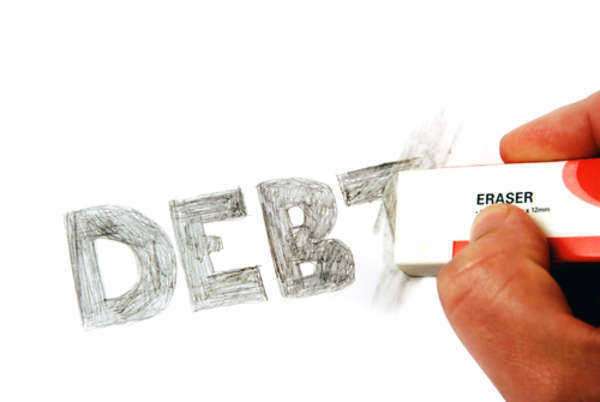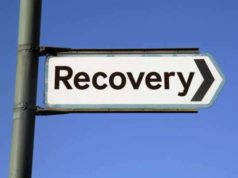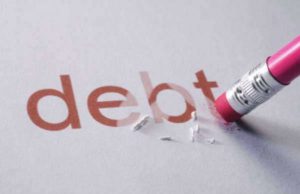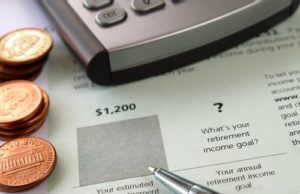
Understanding Repossession: A Comprehensive Guide
Repossession is a legal process where a creditor takes back assets that were used as collateral for a loan. Repossession can occur with any asset that was used to secure a loan, including cars, boats, homes, and other personal property. In this article, we will take an in-depth look at repossessions, exploring the causes, legal processes, and consequences of repossession.
What Causes Repossession?
Repossession typically occurs when an individual is unable to make payments on a secured loan or lease. When a loan is secured, the borrower agrees to use an asset as collateral to ensure that the lender will be repaid. In the event that the borrower fails to make their payments, the lender has a legal right to take possession of the collateral to recover their losses.
Common reasons for repossession include missed or late payments, defaulting on the loan, and violating the terms of the loan or lease agreement. For example, if a borrower fails to maintain adequate insurance coverage on their collateral, the lender may initiate repossession proceedings.
The Legal Process of Repossession
The legal process for repossession is regulated by state and federal laws. The specifics of the process vary depending on the type of asset being repossessed and the loan agreement. However, there are general steps that are typically taken in the repossession process.
Notice of Default: When a borrower violates the terms of a loan or lease agreement, the lender must first issue a notice of default. This notice informs the borrower of the default and allows them an opportunity to cure the default by bringing their payments up to date.
Right to Cure: Many state laws provide borrowers with a right to cure, which gives them a chance to catch up on their payments and avoid repossession. The length of the cure period varies by state and the type of asset being repossessed.
Notice of Repossession: If the borrower fails to cure the default, the lender can issue a notice of repossession. This notice informs the borrower that the lender intends to repossess the collateral. Depending on the state, the notice may be required to be sent by registered mail or delivered in person.
Repossession: After giving proper notice, the lender can repossess the collateral. Depending on the type of asset, repossession may involve physically taking possession of the item or disabling it so that it cannot be used. In the case of cars, for example, the lender may use a tow truck to collect the vehicle.
Sale of the Collateral: Once the lender has repossessed the collateral, they are required to sell it to recover their losses. The sale must be conducted in a commercially reasonable manner, which means that the lender must make a good faith effort to get the highest possible price for the collateral. The proceeds of the sale are used to pay off the loan, and any leftover funds are returned to the borrower.
Consequences of Repossession
Repossession can have serious consequences for borrowers. In addition to the loss of their collateral, repossession can damage their credit score, making it more difficult and expensive to obtain credit in the future. In addition, the lender may seek a deficiency judgment, which is a court order requiring the borrower to pay the difference between the outstanding loan balance and the amount recovered from the sale of the collateral.
It’s important for borrowers to understand their rights in the repossession process. State laws provide protections for borrowers, including notice requirements, the right to cure, and limitations on the sale proceeds that can be applied to the loan balance. Borrowers should seek legal advice if they believe that their rights have been violated during the repossession process.
How to Avoid Repossession
The best way to avoid repossession is to make timely payments on secured loans and leases. If a borrower is having trouble making payments, they should contact their lender or leasing company to discuss options for restructuring the loan or lease. Some lenders offer hardship programs that can help borrowers avoid repossession.
Resources for Borrowers
The Consumer Financial Protection Bureau (CFPB) provides resources and information for borrowers who are facing repossession. The CFPB has a section on their website dedicated to repossession, which includes information on borrower rights, the repossession process, and how to avoid repossession.
In addition, the Federal Trade Commission (FTC) provides resources and guidance for consumers facing repossession. The FTC has a publication titled “Vehicle Repossession: Understanding the Rules of the Road,” which provides detailed information on the repossession process for cars and other vehicles.
Conclusion
Repossession is a serious matter that can have significant consequences for borrowers. Understanding the causes, legal process, and consequences of repossession can help borrowers make informed decisions about their finances and avoid repossession. Borrowers should be aware of their rights in the repossession process and seek legal advice if they believe that their rights have been violated. By making timely payments on secured loans and leases and discussing options with lenders, borrowers can avoid repossession and protect their financial future.
The Secret to Getting the Best Student Loan Consolidation Rates
Student loan consolidation rates are of the interest rates of consolidated student loans which are affected by many different conditions. When considering student loan consolidation, one of the most important points to consider is the student loan consolidation rates offered on the new consolidated loan. It is also important to consider the reason for why a loan consolidation is a good decision. If the goal is to pay a loan off early, a principal deduction is the ideal goal of the consolidation. However, if the individual wishes to extend the time of repayment, the best thing to do is to find a consolidated loan with low student loan consolidation rates.
Ultimately, the best thing to do is find a loan with low student loan consolidation rates, regardless of if the purpose is to lengthen the time or pay the loan off early in order to save the most money. The rate should be lower than the value already being paid. Here are some tips to help find the best student loan consolidation rates in the market.
Browse for Loans with Various Lenders and Financial Institutions
The first step necessary to finding the lowest student loan consolidation rates is to check what services are offered by different various lenders. Whether a student is looking to consolidate private loans or federal loans, there are many different lenders and different services that are available for consideration. It is important to be aware of the different quality lenders and what rates they can offer for student loan consolidation. When discussing options with different lenders, it is important to try to bargain to receive the best possible student loan consolidation rate.
Have Good Credit (Particularly for Private Student Loan Consolidation Rates)
If a student is consideration consolidating private student loans with a financial institution, it is extremely important to have good credit. Although federal student loan consolidations rates are not based upon an individual’s credit, private consolidation loans do heavily depend on this. The better the credit, the better the student loan consolidation rates will be. With a bad credit score, it will result in higher interest and ultimately, a greater total cost of the consolidated loan.
Estimate the Details of the Loan with a Loan Calculator
Find a helpful and accurate student loan consolidation calculator in order to help determine just how much a lender may be able to save a student after loan consolidation. These loan calculators can help compare the payments and interest of current loans versus a new consolidation loan. The loan calculator can also help figure out if a consolidated loan is a good decision and if the offered student loan consolidation rates from different lenders will actually result in financial savings.
Carefully Look Through the Terms of the Consolidated Loan
While it is a great strategy to find a good interest rate on student loans, it is also necessary to look through the terms and conditions of the consolidated loan that is being offered by a lender. While the student loan consolidation rates may appear to be a great deal, the terms may cause the loan to be less worthwhile. In order to find the best student loan consolidation rates, make sure to carefully go over the terms of the loan offered to make an educated decision about whether it is a good idea.





























